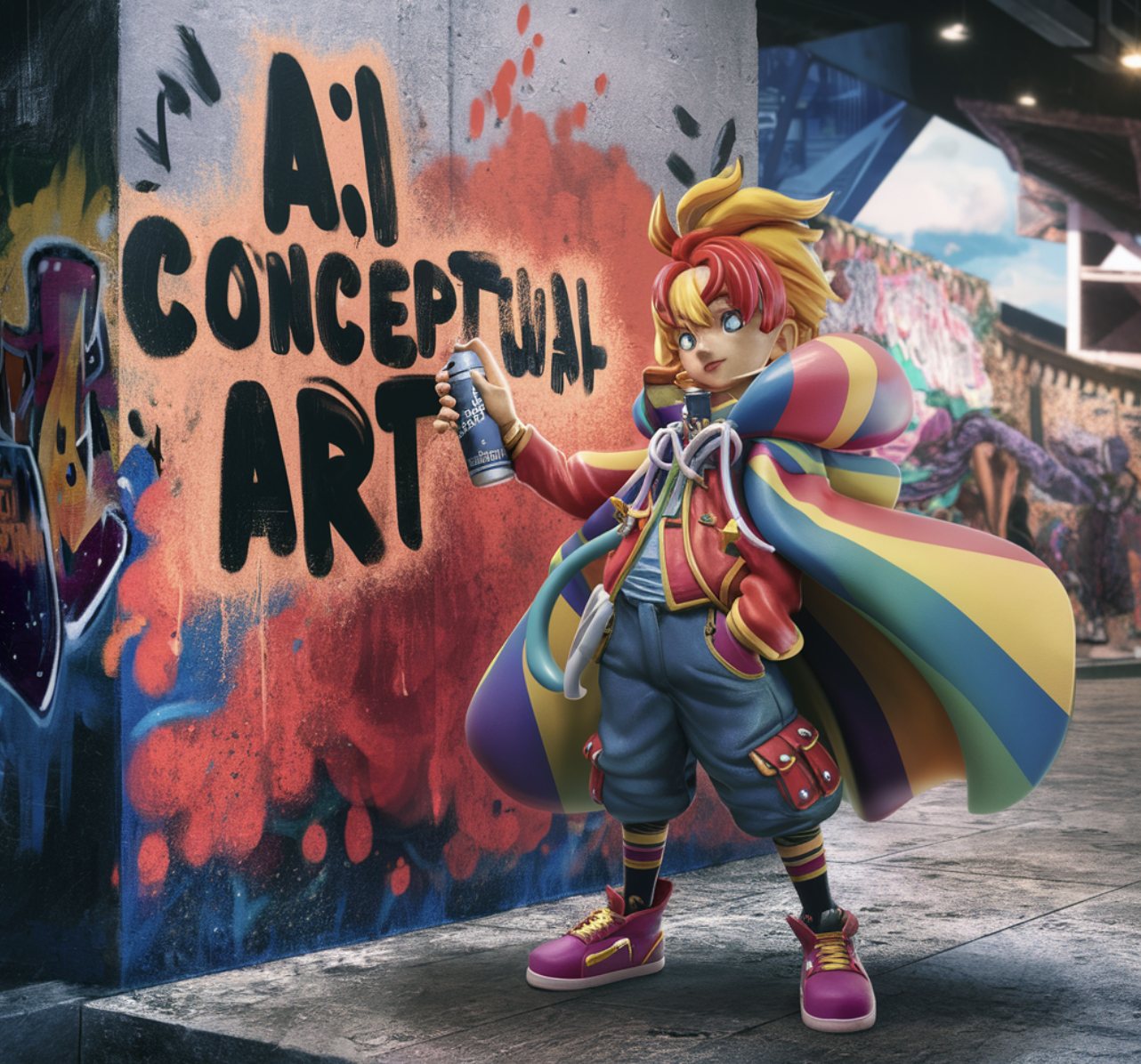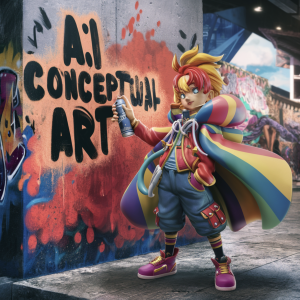

Creating 3D avatar animations from text input represents a significant leap forward. Imagine simply typing a few sentences and watching a detailed, lifelike avatar spring to life on your screen, moving with realistic animations. This technology isn’t a sci-fi fantasy; it’s an exciting reality driven by cutting-edge artificial intelligence (AI). The transformation of textual descriptions into animated characters is reshaping digital creativity and opening new possibilities for both individuals and businesses.
The Rise of Text to 3D Avatar Animation
The concept of translating textual descriptions into animated avatars is not entirely new. Researchers and developers have been working on bridging the gap between textual and visual content for years. However, recent advances in AI, especially in natural language processing (NLP) and computer vision, have brought this technology to the forefront.
Several startups and research projects have explored the potential of text-to-avatar technology, focusing on improving the realism, accuracy, and diversity of generated avatars. One notable project is Google’s DreamFusion model, which creates 3D models from textual input. Although not explicitly aimed at avatar creation, DreamFusion showcases the possibilities of text-to-3D technology.
How Does It Work?
The process involves a series of sophisticated machine learning models trained on vast datasets of text, images, and 3D models. Here’s a simplified breakdown of how text-to-3D avatar animation works:
- Text Input and Analysis: The user provides a textual description of the desired avatar. This input is processed by an NLP model, which extracts relevant features like appearance, clothing, and facial expressions.
- 3D Model Generation: A generative model creates a 3D avatar representation based on the extracted features. This model could use generative adversarial networks (GANs) or diffusion models to generate lifelike 3D structures from textual descriptions.
- Animation and Customization: Once the 3D model is generated, it is animated using pre-trained motion models. Users can customize the avatar’s animations through intuitive interfaces or additional text commands.
- Rendering and Export: The final step involves rendering the animated avatar in a suitable format for integration into games, virtual worlds, or other applications.
Pioneering Innovations in Text-to-3D Avatar Animation
- DreamFusion: DreamFusion represents a significant advance in text-to-3D technology. It uses diffusion models to create 3D representations from text prompts. Combining 2D diffusion with 3D data generates highly detailed and realistic scenes, thus showing the potential of AI in translating textual information into accurate visual content.
- Text2Shape: Text2Shape offers a novel approach to text-based 3D model generation by learning a shared embedding space between text and shapes. It uses natural language descriptions to guide the generation of 3D objects, thereby enabling the automatic translation of linguistic cues into meaningful, detailed 3D models.
- CLIP-Forge: CLIP-Forge leverages the power of OpenAI’s CLIP model to achieve zero-shot text-to-shape generation. Fusing text and image embeddings from CLIP with generative models enables the synthesis of 3D models from textual descriptions, expanding the capabilities of text-driven 3D content creation.
- NeRF (Neural Radiance Fields): NeRFs offer an innovative approach to reconstructing 3D scenes from 2D images. NeRFs synthesize novel 3D views from 2D inputs using neural networks to model a scene’s radiance fields. Although not directly aimed at avatar creation, their ability to generate lifelike 3D representations is valuable for dynamic 3D content creation.
Applications and Impacts
Text-to-3D avatar animation opens up a world of possibilities across various industries:
- Gaming and Virtual Worlds: Game developers can leverage this technology to rapidly create and customize avatars, making games more immersive and personalized for players. It can also enhance virtual reality (VR) experiences by allowing users to generate avatars that closely match their descriptions.
- Social Media and Marketing: Brands and influencers can create unique avatars for marketing campaigns or content, engaging audiences in new and innovative ways.
- Education and Training: Educational institutions & training organizations can use 3D avatars for interactive simulations, making learning more engaging and accessible.
- Film and Animation: Filmmakers and animators can streamline character creation, reducing the time and cost of traditional CGI methods.
Ethical Challenges and Developments
While text-to-3D avatar animation holds immense potential, it is not without challenges. One main hurdle is ensuring the accuracy and realism of generated avatars, particularly when working with vague or ambiguous text inputs. Bias in training data is another concern, as it can lead to limited representation or stereotypes in avatar generation.
Privacy and ethical considerations also arise, especially when avatars are generated to resemble real people. Establishing guidelines that prevent misuse and protect individuals’ digital identities is crucial.
Research in this field will likely focus on improving the realism and diversity of avatars while expanding the range of customizable features. Integration with other emerging tech like augmented reality (AR) and deepfake detection will also be pivotal in enhancing the practical applications of this technology.
Conclusion
The advent of text-to-3D avatar animation signifies a transformative leap in digital creativity. Using AI, it can convert textual descriptions into realistic, animated avatars, revolutionizing industries from gaming to education. Despite accuracy, bias, and ethics challenges, this technology has vast potential to enhance personalization, storytelling, and engagement in digital content. As research and development continue, text-to-3D avatar animation is poised to redefine how to create and interact with virtual characters, ushering in a new era of immersive digital experiences.
Sources
- https://techcrunch.com/2023/01/31/google-shows-dreamfusion-a-text-to-image-model-that-generates-3d-images/
- https://blog.unity.com/technology/ai-in-game-development-how-ai-is-changing-the-way-games-are-created
- https://www.wired.com/story/what-are-deepfakes/
- https://arxiv.org/abs/2210.04628
- https://arxiv.org/abs/1803.08495
- https://arxiv.org/abs/2110.02624
- https://arxiv.org/abs/2003.08934
The post Text to 3D Avatar Animation: A New Era in Virtual Character Creation appeared first on MarkTechPost.